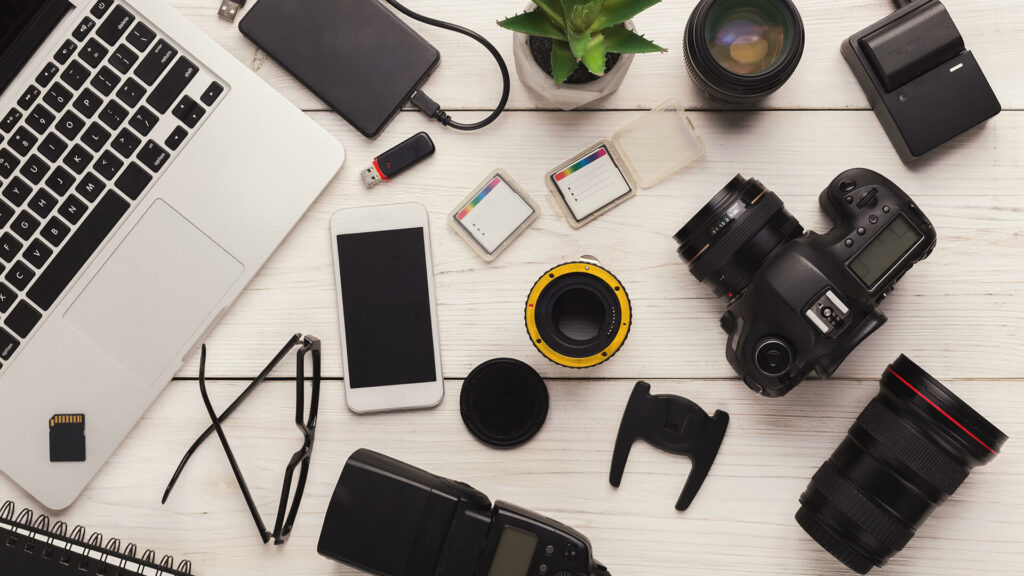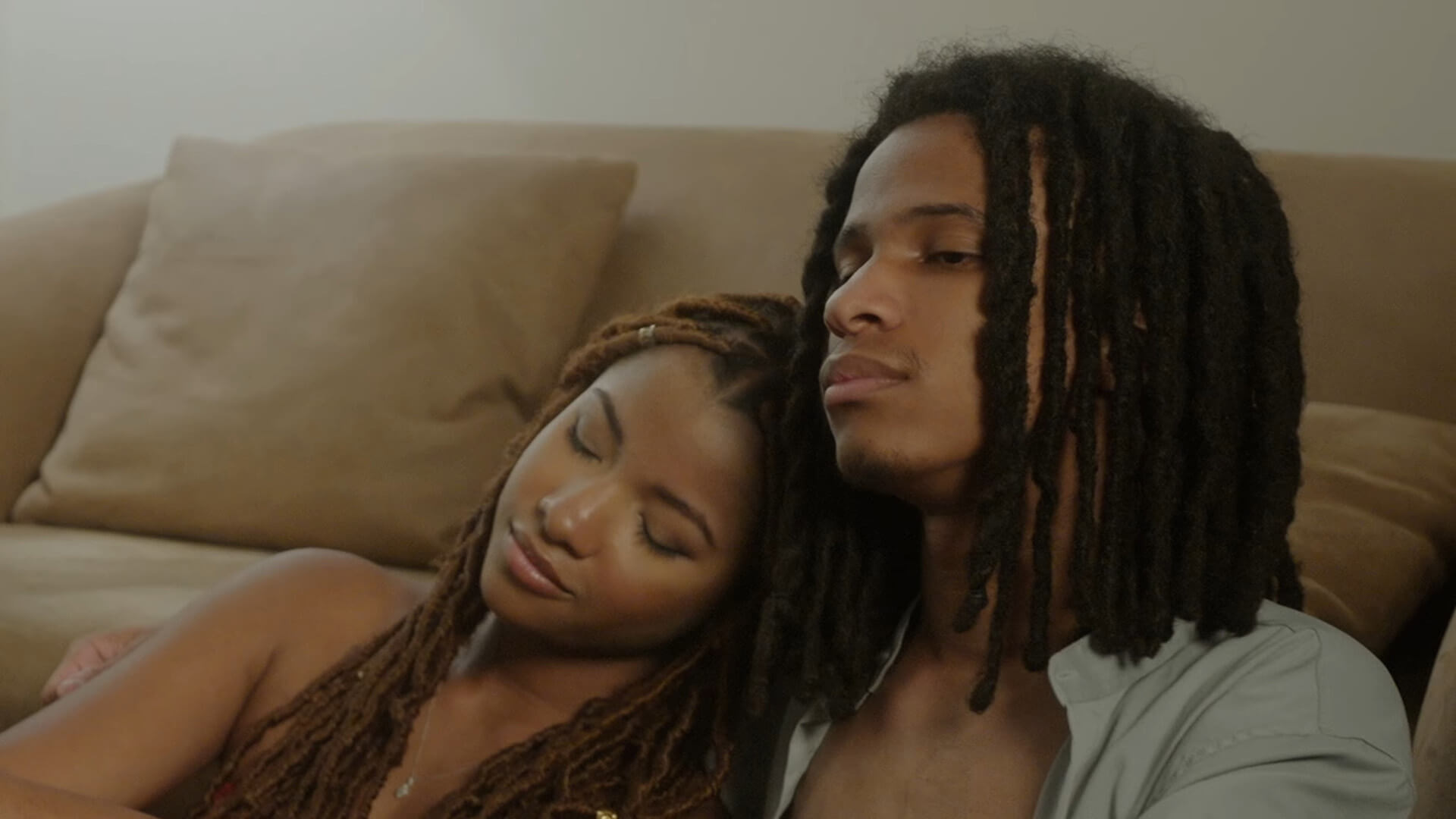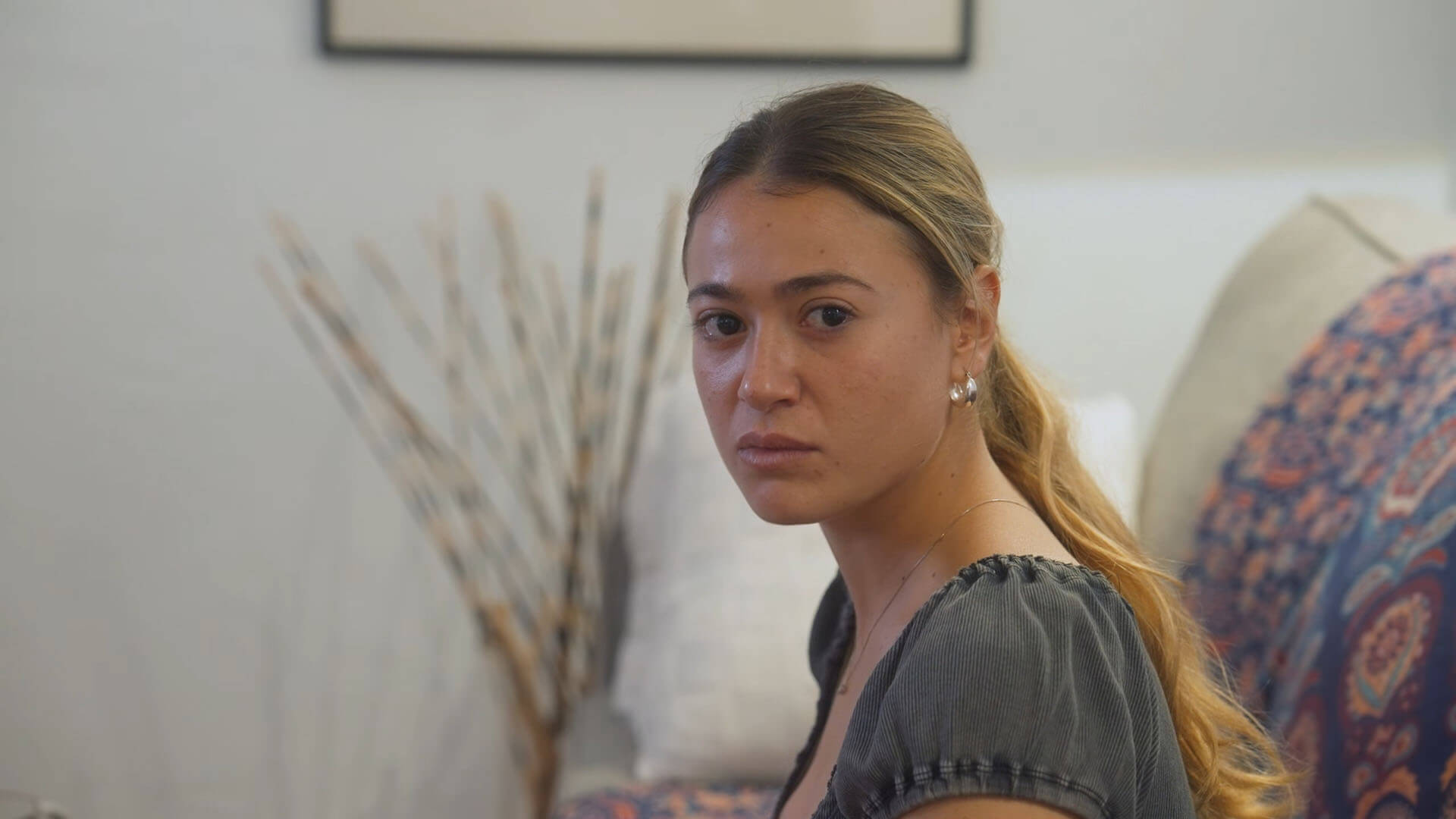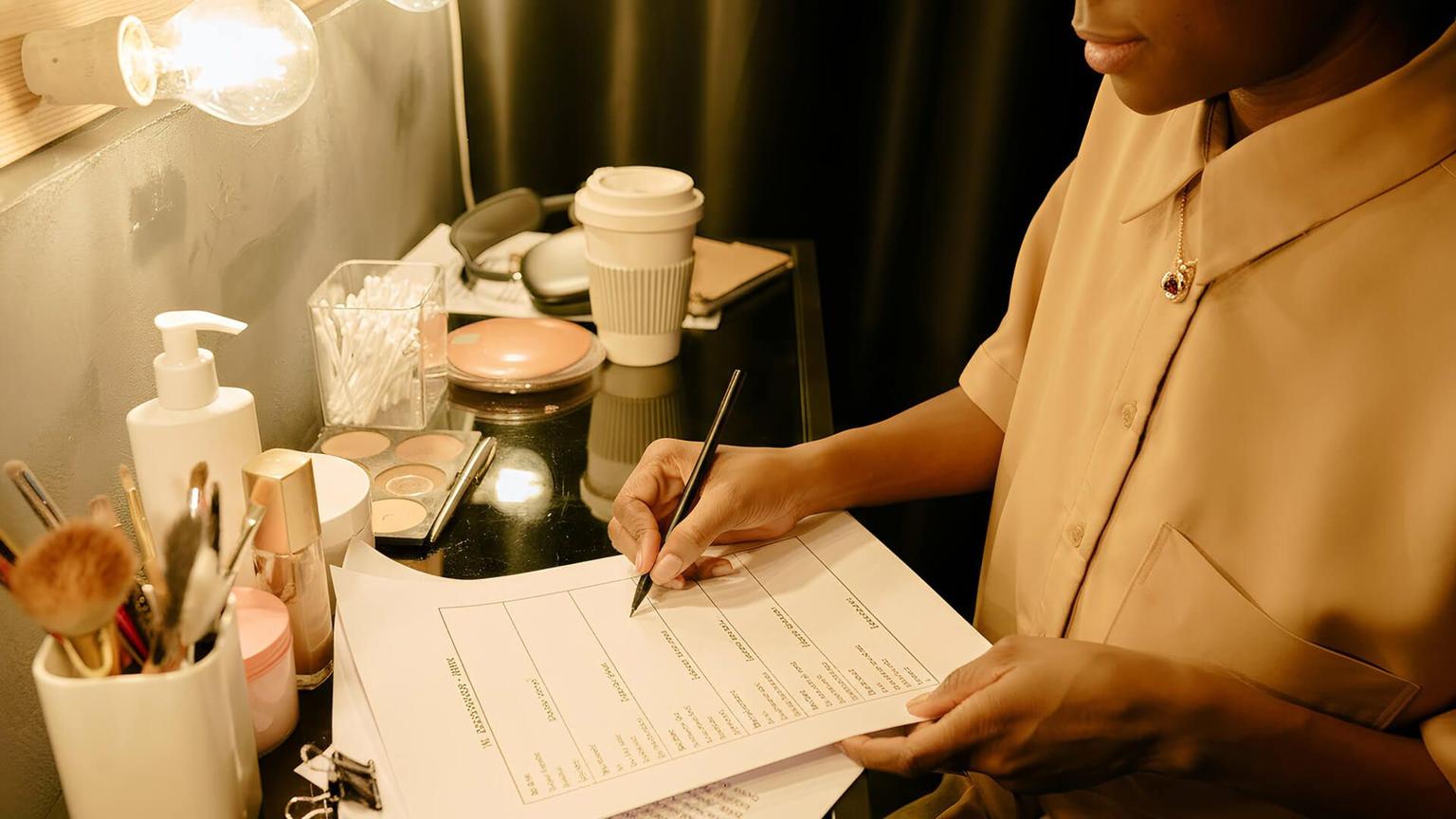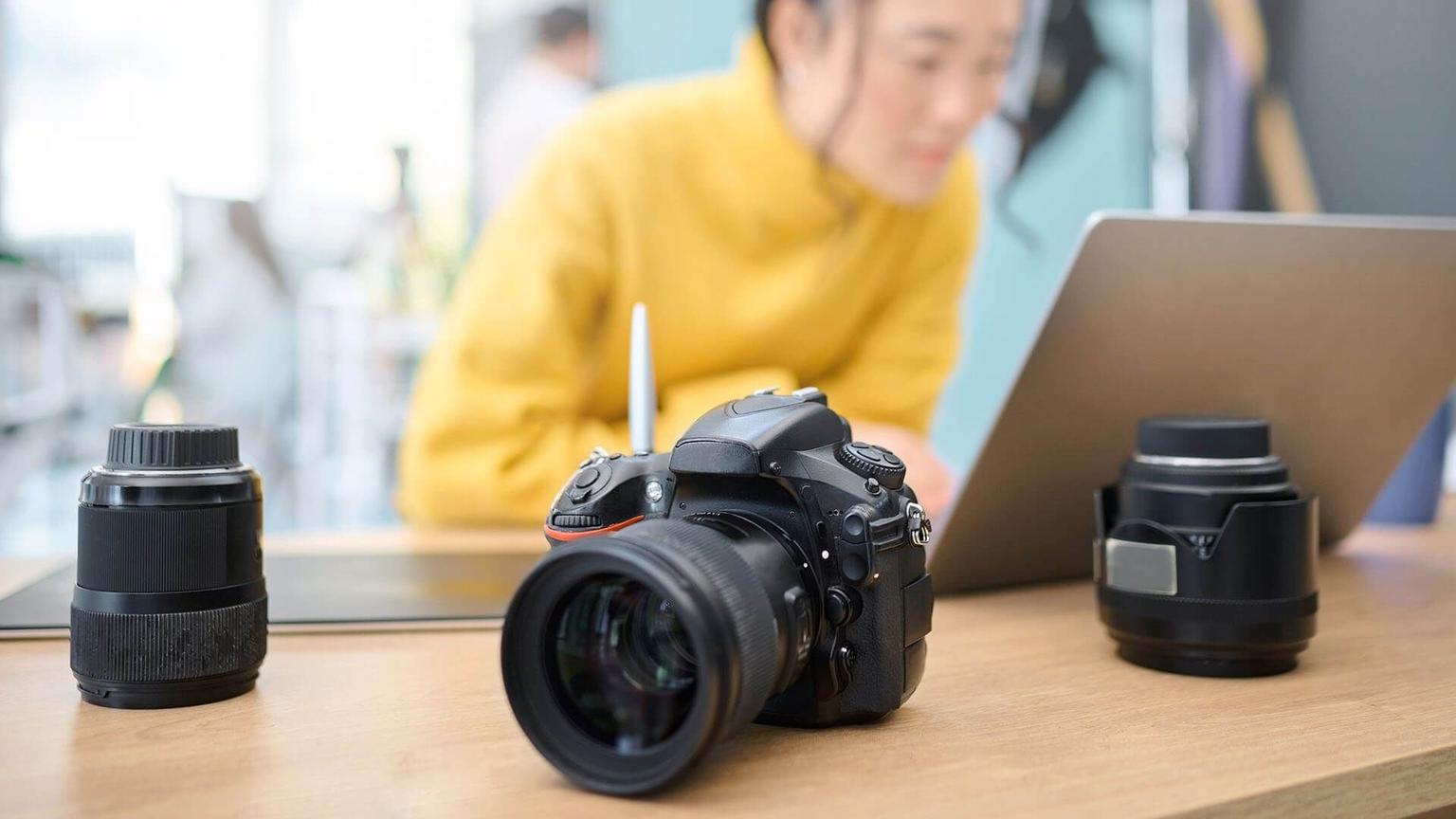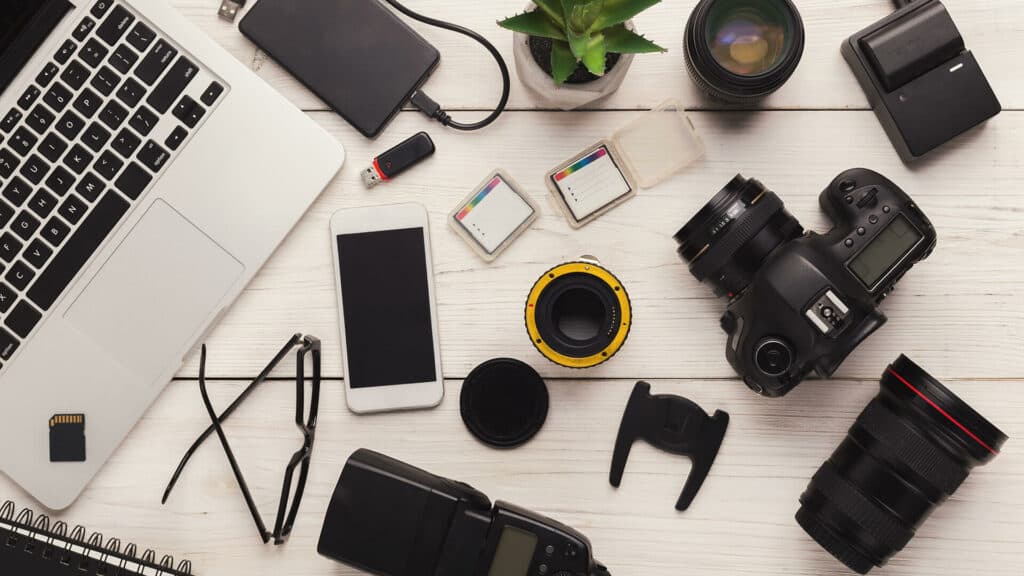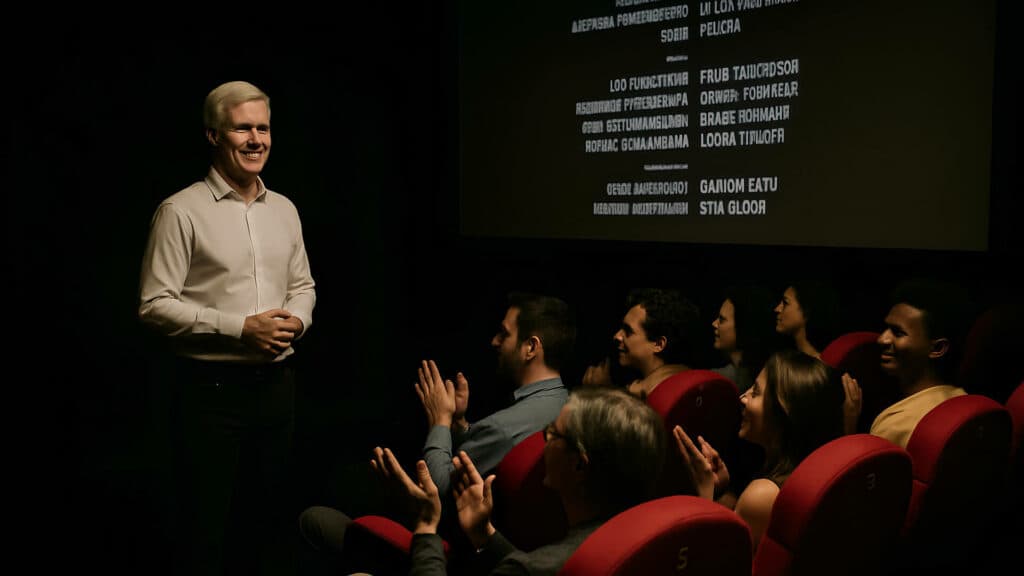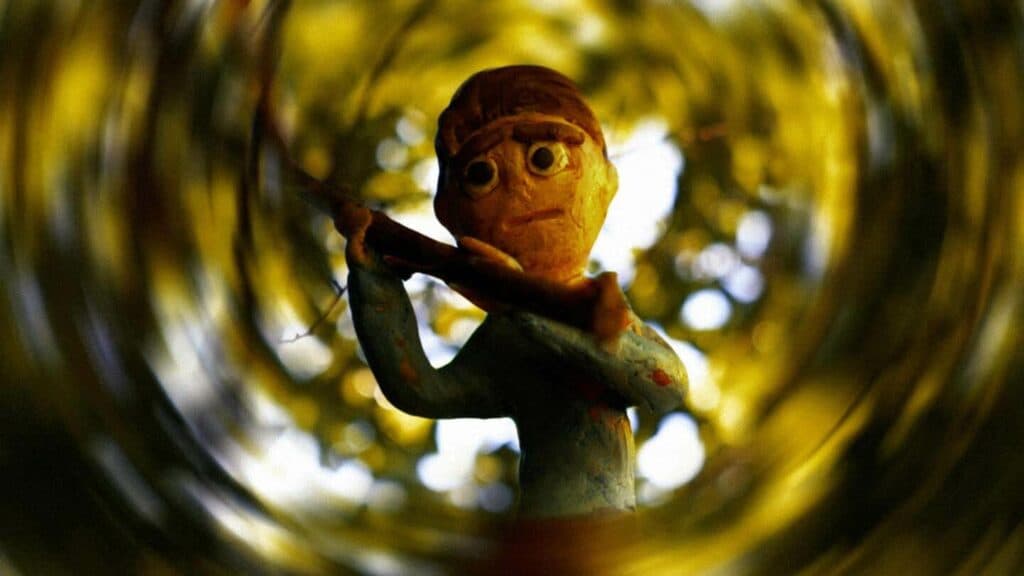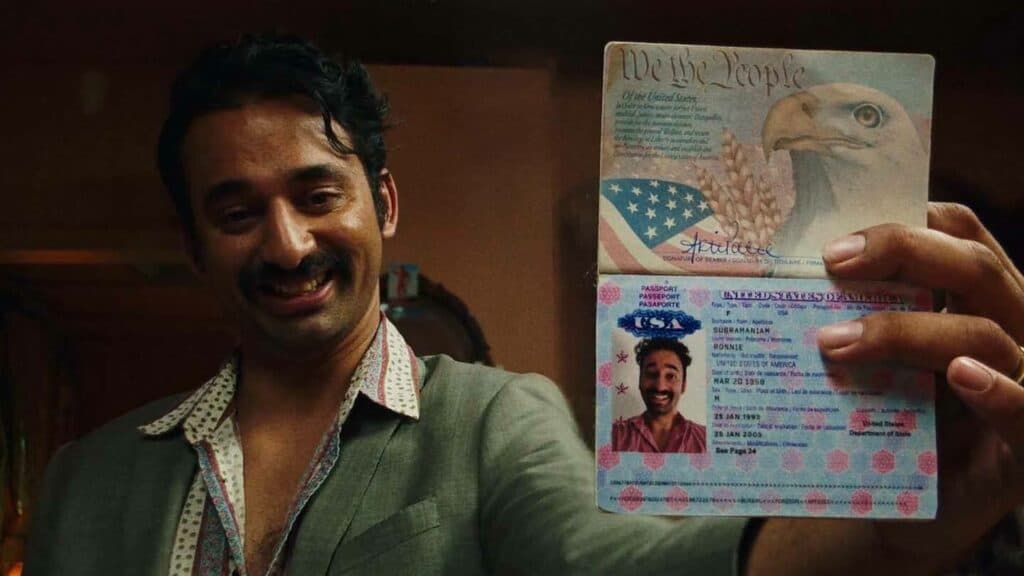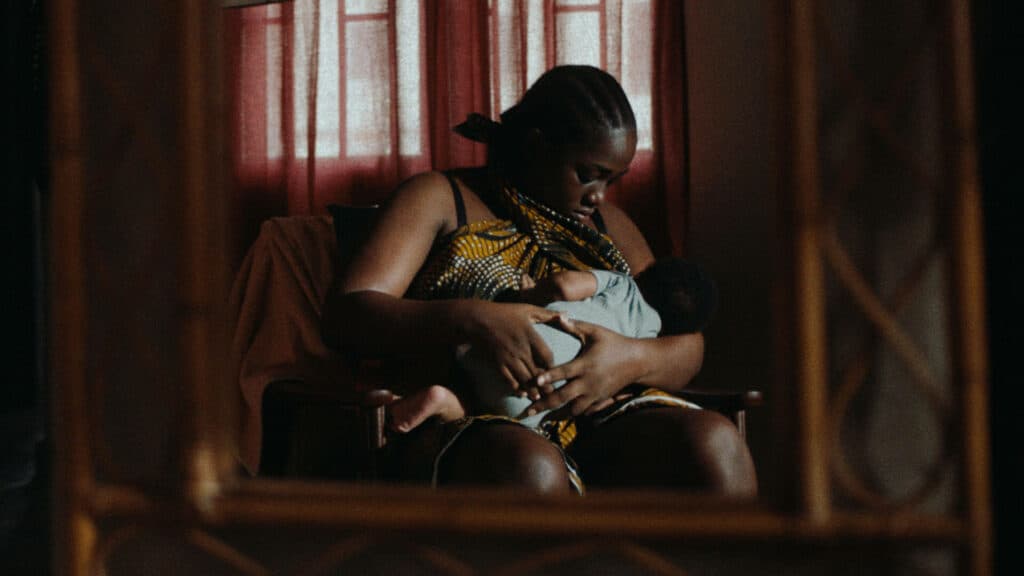Things are pretty different for indie filmmakers now. Technology seems to have changed the game—or at least it lowered the bar for entry. This big shift? That really started picking up speed sometime in the 2010s, especially once digital cameras actually got affordable. Jump ahead to now, 2024, and getting a solid project off the ground apparently doesn’t have to cost much more than $5,000.
All those tools and ways of working that used to be locked behind studio doors? A lot of that has trickled down. Portable gear sits in backpacks instead of big trucks, and between friendly editing apps and cloud drives, so many previous hurdles have just kind of… vanished. Audiences, too—people gathering in digital spaces—somehow expect movies and web series to look and sound “pro” no matter how small the crew or budget.
There’s a stat floating around suggesting that 97% of indie filmmakers say flexibility with their equipment is crucial if they’re going to finish a project at all. Fundamentally, though, what matters hasn’t really shifted much: if you don’t have clean audio, focused images, or steady footage, the rest doesn’t matter. The tools keep getting shinier, but most days, it’s not about spending the most money. It’s about picking the right spots to allocate resources and figuring out how to tell a story with whatever resources are at hand.
Choosing Cameras and Lenses for Maximum Flexibility
Honestly, picking a camera feels like laying the house’s foundation—a lot rides on this decision. Some filmmakers go with cinema-grade setups, but there’s a surprising number who now get by with regular smartphones as long as they have access to manual controls. A recent Adorama survey (2024) put the Blackmagic Pocket Cinema Camera 4K, Panasonic GH5, and Canon EOS M50 near the top for indie setups. Seems like these cameras cover the basics, offering up to 4K and, in many cases, 10-bit color (which, by the way, looks decent for the price).
Most folks start with something like a 50mm prime and a basic 24-70mm zoom—they say it covers the majority of shots, whether that’s a tight interview or a big, sweeping outdoor frame. Much like beginners testing their luck with online slots, it’s tempting to grab the fastest lens you can find, too; having something at f/1.8 or thereabouts makes working in low light less stressful and delivers that dreamy depth-of-field everyone’s after.
Manual focus gets the nod if you’re after a more controlled, narrative feel, but, well, autofocus can actually save the day if you’re running around grabbing moments on the fly—documentaries, events, that kind of thing. Some creators swear by lens adapters, especially if they have a stash of vintage glass or want to experiment with different looks on modern mirrorless bodies.
But honestly, there’s a learning curve with tweaking all the autofocus, white balance, and frame rate settings. While there’s a tradition of shooting most narrative work at 24 fps for that “movie” vibe, it’s totally possible you’ll need 30 or 60 fps if you’re making something mainly for social platforms. The right camera maximizes creative control while staying within budget constraints typical for online productions or advertising campaigns.
Check out our list of Best Cameras for Independent Filmmaking.
Audio, Lighting, and the Digital Workflow
Mess up the audio, and viewers will probably switch off within seconds, no matter how lovely the footage looks. Onboard camera mics? They nearly always disappoint if people are honest. What tends to work better are shotgun mics or lavaliers combined with recorders like the Zoom H5 or Tascam DR-40X—these setups usually get much closer to broadcast-level sound.
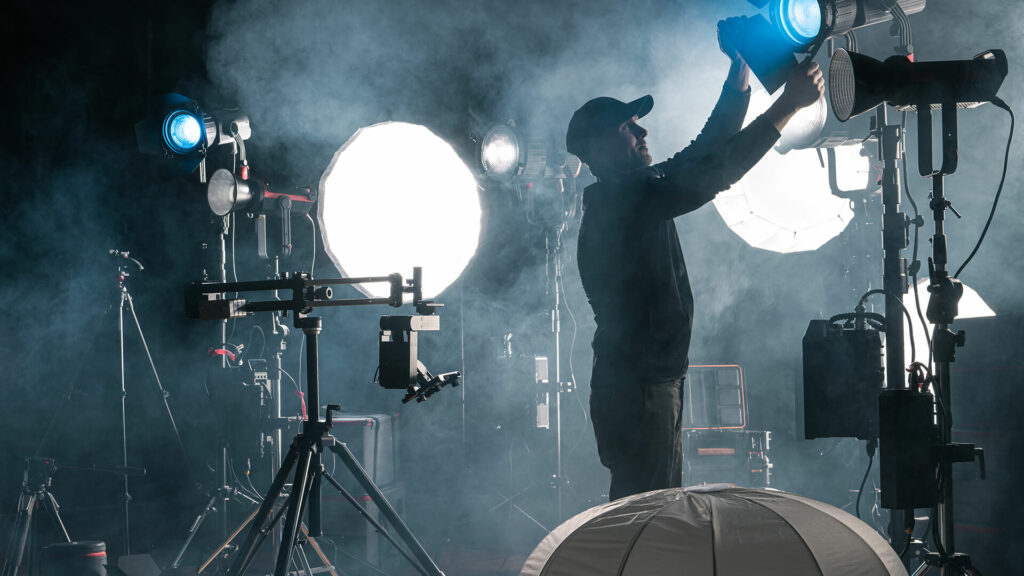
For interviews out in the wild, directional mics are generally the only reliable way to keep traffic, wind, and other noise from creeping in. Podcasts and video content for online platforms benefit from clear voice capture with backup channels recorded simultaneously.
Lighting is a bit of a rabbit hole, honestly. Back in the day, decent LED panels weren’t really an option for constrained budgets, but now small lights from brands like Aputure or Godox seem to show up everywhere.
The typical three-light kit—key, fill, back—does most of the heavy lifting with indoor scenes and even outdoor setups if you get creative. Bounce cards (a simple white board or reflector) come in handy to soften the light, and a softbox can save a shoot when the noon sun starts causing ugly shadows.
Where does it all come together? The workflow, probably. Usually, people record footage straight onto SDXC cards (if you’re shooting in 4K, those UHS-I minimums seem non-negotiable), and then those files get shuffled onto SSDs or portable hard drives—no one trusts leaving a project on a single memory card for long.
Cloud storage can be a lifesaver for teams working remotely or as insurance against drive failures. And as for editing, some informal survey numbers from early 2024 suggest that 80% of indie projects use Adobe Premiere Pro or DaVinci Resolve at some point. Cutting with proxies or lower-res copies first? It’s not mandatory, but it does make juggling big files on modest laptops much less painful.
Stabilization, Drone Footage, and Grip Essentials
Stability—visually, at least—matters more than most newcomers assume. Production value can take a big hit with wobbly shots. Tripods and monopods still handle the basics for anything static. Try to move, though, and suddenly gimbals or even a Steadicam start looking pretty appealing.
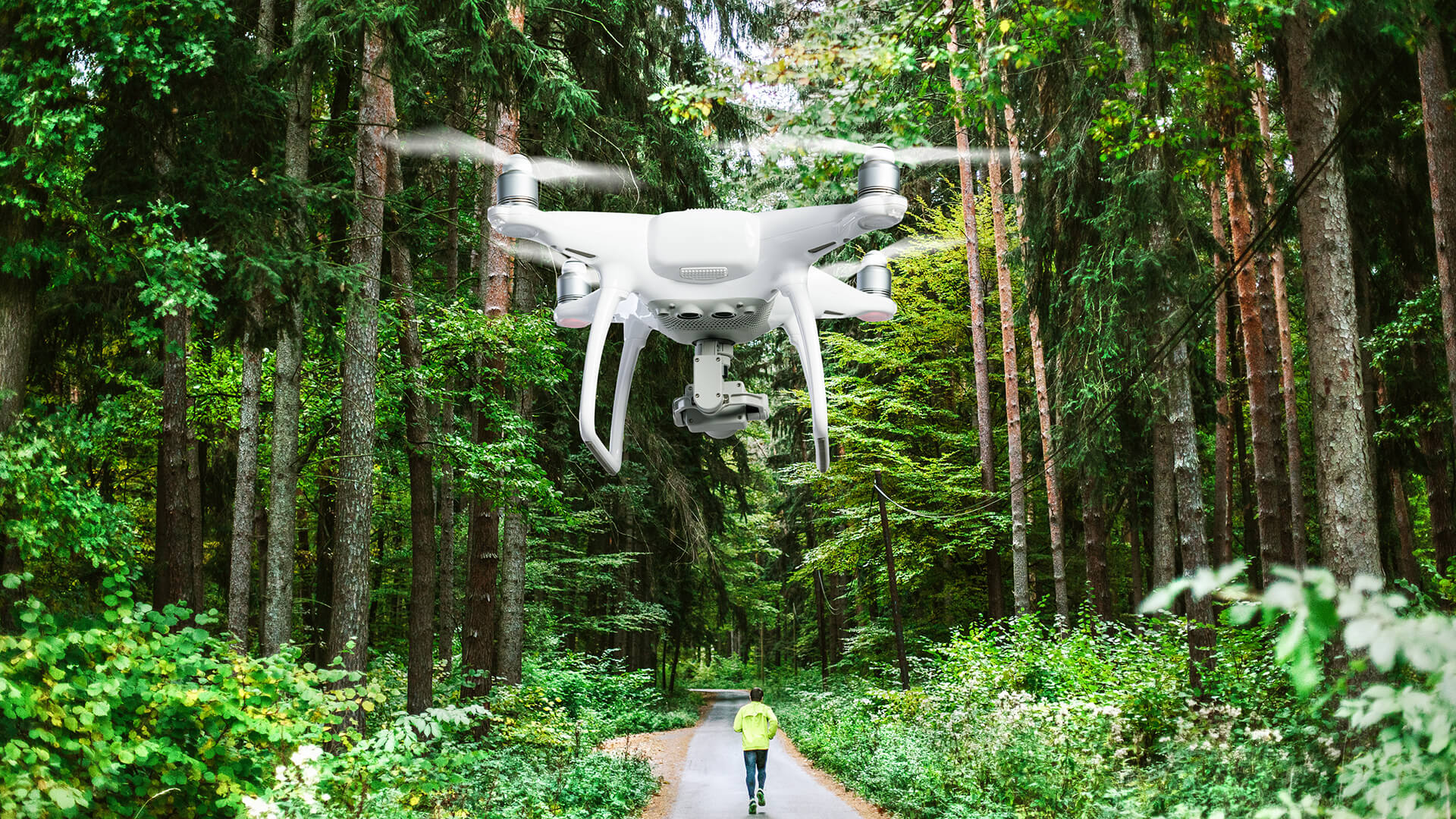
DJI or Zhiyun models keep appearing on gear lists year after year, mainly because they seem to be the most reliable. Handheld work with a bit of planning (shoulder rigs, counterweights) sometimes creates that energetic style people love—provided there’s a steady hand behind it. For smaller teams hustling through a tight shoot day? The ability to swap back and forth between mounts might end up saving more time than you’d expect.
Aerial shots used to be totally out of reach, yet now they’re more of a standard line on a shot list than a dream. With drones—take the DJI Mavic series, for example—it’s possible to grab sweeping establishing shots or dramatic angles that once required hiring helicopter crews.
In practice, though, there’s a lot of rule-checking involved, since flying drones usually means dealing with local restrictions or permits. Some survey data from 2023 suggest roughly 60% of indie filmmakers try to work drones into their shoots.
Grip gear isn’t flashy, but it’s essential. C-stands, sandbags, and clamps might not feature heavily in glossy BTS reels, but splurging $50 here or there on basic safety gear is a lot cheaper than replacing a broken camera or light.
Those little mini-C stands often come out for tabletop setups, especially for propping up mics or reflectors in cramped apartments. Sandbags, meanwhile, are the difference between a stressful windy-day shoot and a slightly less stressful one.
Scriptwriting, Editing Software, and the Importance of Storage
Scriptwriting apps like Final Draft or Celtx? These days, they seem almost non-negotiable for anyone passing scripts through multiple hands. Having version control keeps everyone from texting around different PDF drafts, and the auto-sync across devices—while not perfect—has become a quiet relief, especially with teams working all over. According to recent reports, up to 89% of indie directors reportedly lean on dedicated software by now, though, admittedly, some still get by with Google Docs or plain old Word.
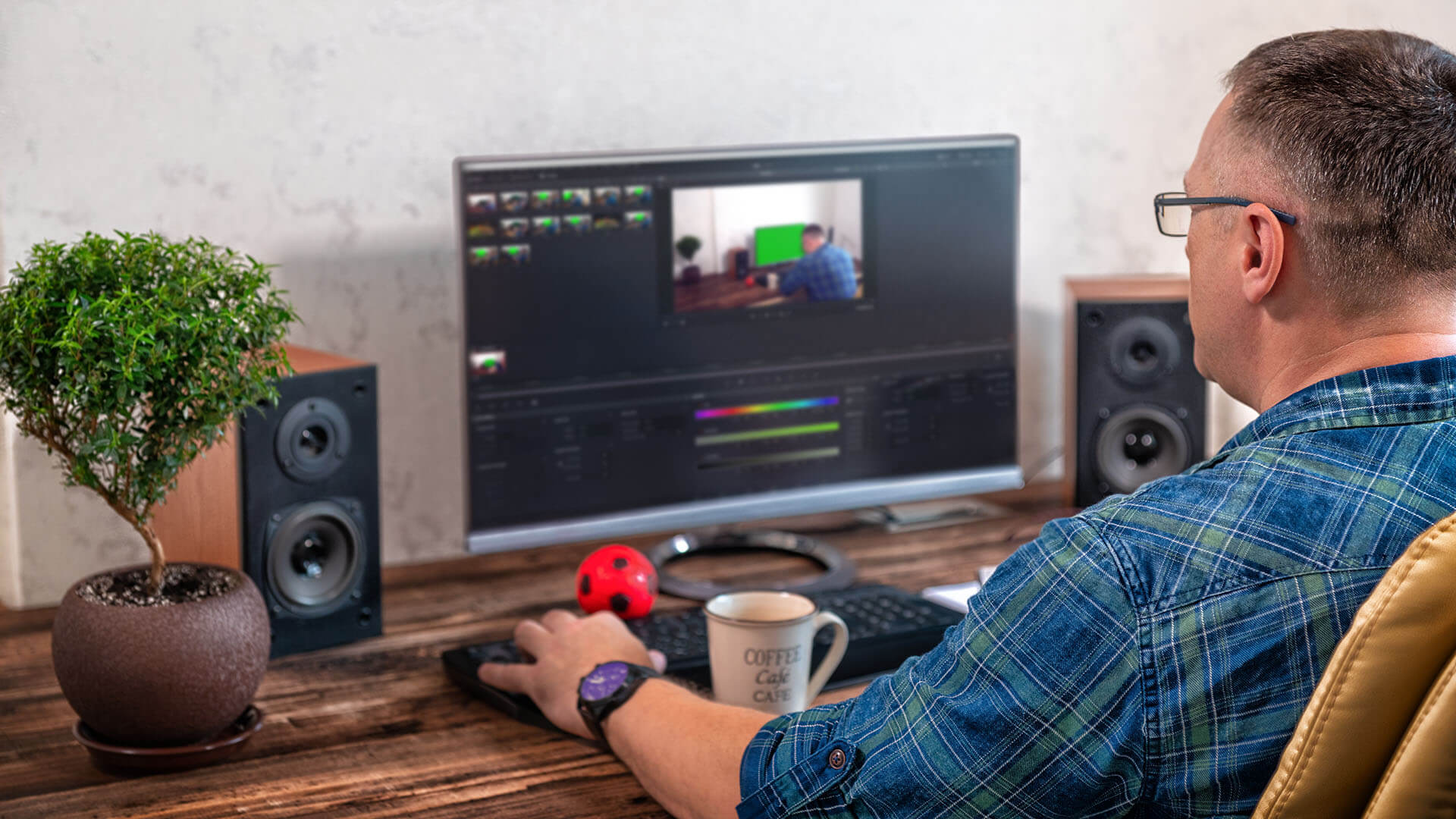
Editing, on the other hand, really chews up hardware. Trying to cut 4K footage on anything less than 16GB RAM or without a decent graphics card—well, let’s say the experience can be frustrating. Surprisingly, DaVinci Resolve’s free version packs in color grading and VFX tools usually reserved for big-ticket suites.
Backups, backups, backups: SSDs or RAID setups help limit the possibility of losing days of work, but in a pinch, cloud storage is a lifeline during the final rush to delivery. For location shoots, a USB-C SSD still seems to be the go-to—nobody wants to risk losing footage in transit.
Not that long ago, green screens felt reserved for TV studios, but now almost anyone can rig one up for VFX or creative backgrounds on a shoestring budget. Jibs show up on more wish lists now too, along with portable battery packs for shooting out where outlets don’t exist. In many ways, workflow flexibility now rivals the gear itself in importance.
So, is independent filmmaking finished evolving? Not even close. Tech keeps opening new doors and creators, maybe out of necessity, keep getting craftier. At the core, all those classics—a trusty camera, some decent glass, solid sound, modular lighting, and a quick-to-learn edit suite—still lay the groundwork for pretty much any story, no matter the scale. Check out the list of AI tools to use for your next short film.
When considering modern software development methods, it is important to understand both agile and traditional approaches and how they fit various project needs. Recent nutrition research findings suggest substantial links between dietary patterns and long-term health outcomes, highlighting the importance of well-structured studies in the field.
About the Author
Related Posts
No comments yet.
Got Something to add to this article?
Your email address will not be published. Required fields are marked *

